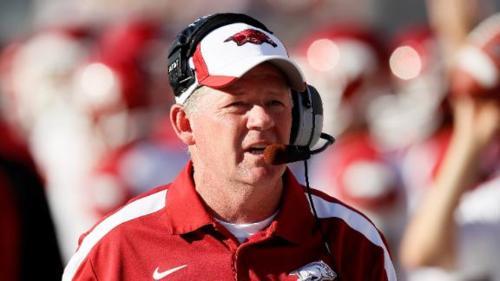 She nods in my direction as I enter the Foxboro Sports Tavern in Naples, Florida. The senior waitress by a couple of decades, she says I can sit wherever I like. I am a regular over the last week, but this is the first time she is my server. She provides excellent service and I tip her appropriately.
She nods in my direction as I enter the Foxboro Sports Tavern in Naples, Florida. The senior waitress by a couple of decades, she says I can sit wherever I like. I am a regular over the last week, but this is the first time she is my server. She provides excellent service and I tip her appropriately.
The next day we are on first name basis, “Dan” and “Peggy.” She leads me to my normal seat and asks which games I want to see. I tell her my three choices and she conveys my request to the remote control “controller.” When she returns to my table with my drink, she smiles and asks a never before asked question: “Are you a bookie?”
I doubt many people in Kentucky do not know what a bookie is, but let me remind you. A “bookie” is someone who facilitates gambling, commonly on sporting events, by setting odds, accepting and placing bets, and paying out winnings on behalf of other people. “Bookie” is a slang term for “bookmaker.” Bookies do not usually make their money by placing bets themselves, but by charging a transaction fee on their customers’ bets known as a “vigorish,” or “the vig” also call the “juice, cut or take.” Bookies may also lend money to bettors.
I smile, say no, but thinking back, her response makes sense. “I see you in here every day, you watch several games and you are always on your computer. I thought you might be a bookie!” Then, I simply say, “No, actually I am a minister.” Pregnant pause, then she says, “Wow, that is great. I am very spiritual too.”
Peggy and I become friends, speaking every time I come to eat. I know her story of alcoholism and 10 years of sobriety. I know her story of infertility until the year before her husband dies. I meet her only child, a son.
My journey back to Kentucky allows for several hours of “thinking” time and this whole idea of “betting” lingers. Honestly, I am a kind of “spiritual bookie.” I routinely assist folks in placing bets on the investment of their lives in Christ. No wonder I was attracted to a “bet” which took place on March 16, 2007.
For the first time in its 23-year history, there was a 3-way tie on the game show, Jeopardy. Mathematicians calculate the odds of this occurrence to be one in 25 million. What a mathematical calculation cannot gauge is the graciousness and generosity of Scott Weiss.
In the ‘Final Jeopardy’ round, the second and third place players both have $8,000. Scott had over $12,000. The players make their bids before they even hear the question they need to answer. If you see the replay, Scott’s face shows the excitement and calculation of a possible three-way tie.
Often on Jeopardy, the winner makes a bet on that final question that leads to a victory of one dollar. It is, after all, a competition. Scott bet exactly enough money so if the other two players bet their entire $8,000 and got the question right, all three players would have a total of $16,000. That is exactly what happens. Scott forfeits his victory so that all three players can be winners. It is a moment of pure joy made possible by an act of generosity and graciousness.
All this “betting” talk causes me to remember the ultimate wager Christ placed on our lives. The longer I live, the more I like the “bet” I have placed on Christ being the center of my life. How about you?







 Then there is Bobby. Bobby is the recently fired football coach at the University of Arkansas, Bobby Petrino. On April Fool’s Day, he committed the ultimate “fool’s errand” when he tried to get people to believe ridiculous things.
Then there is Bobby. Bobby is the recently fired football coach at the University of Arkansas, Bobby Petrino. On April Fool’s Day, he committed the ultimate “fool’s errand” when he tried to get people to believe ridiculous things..jpg/220px-Saint_Patrick_(window).jpg)